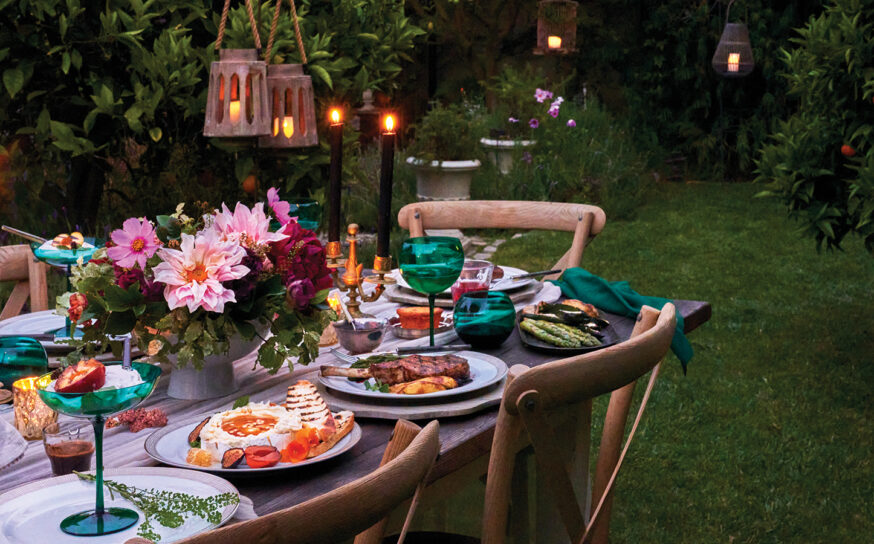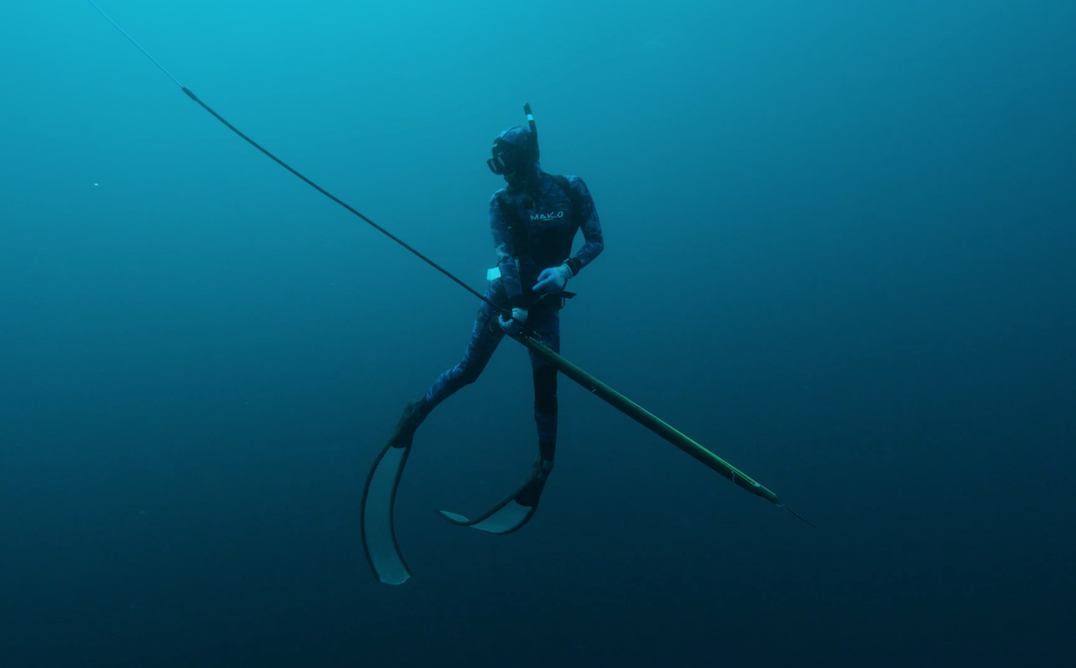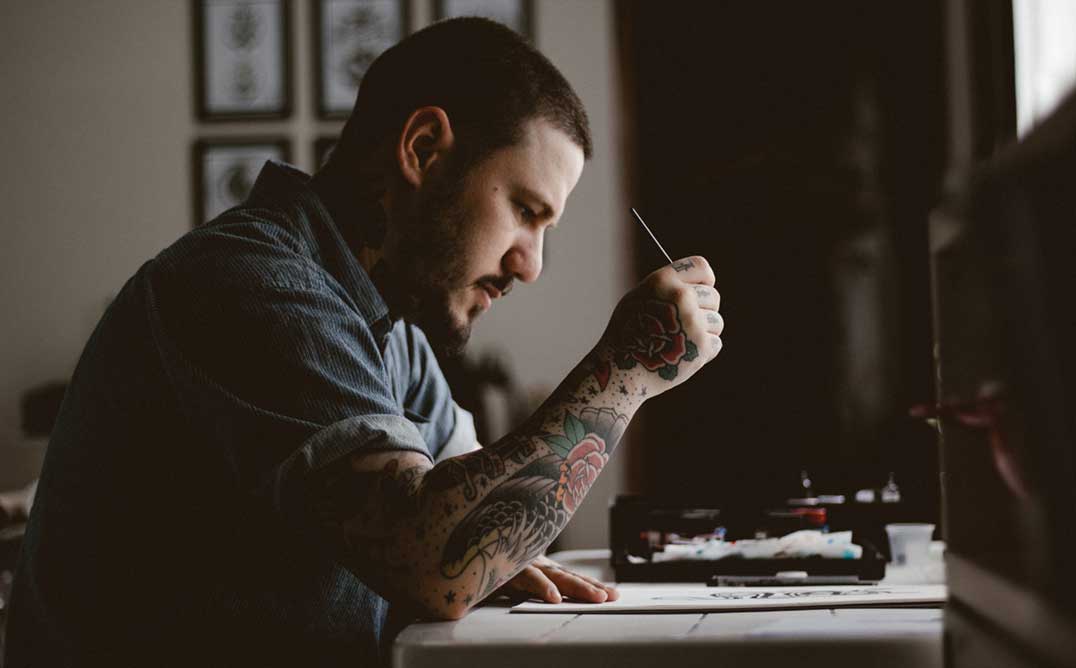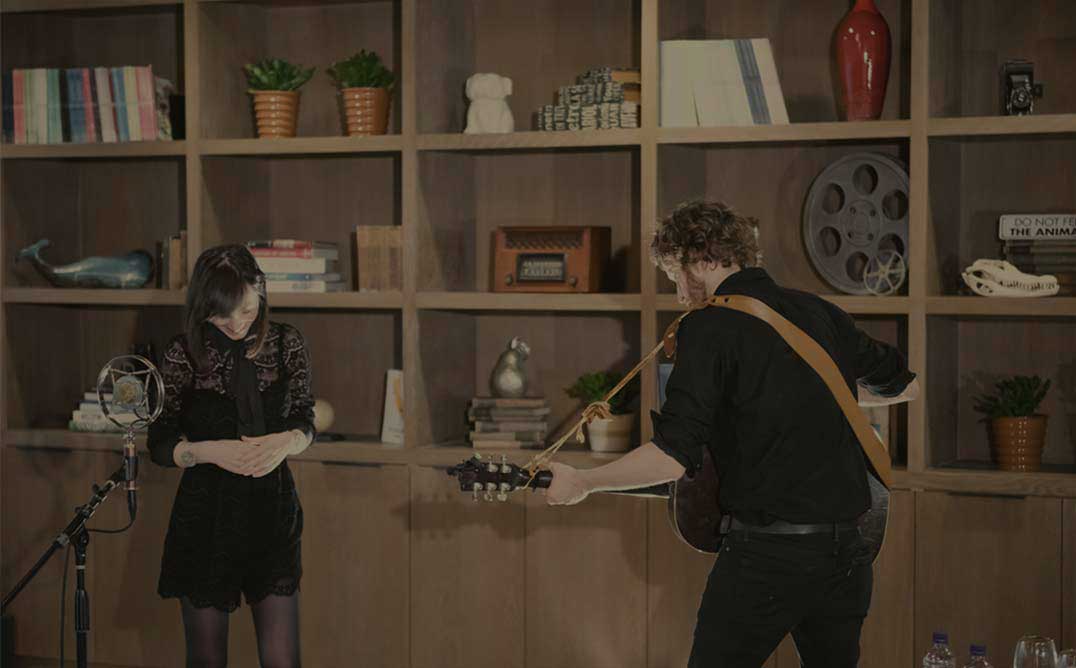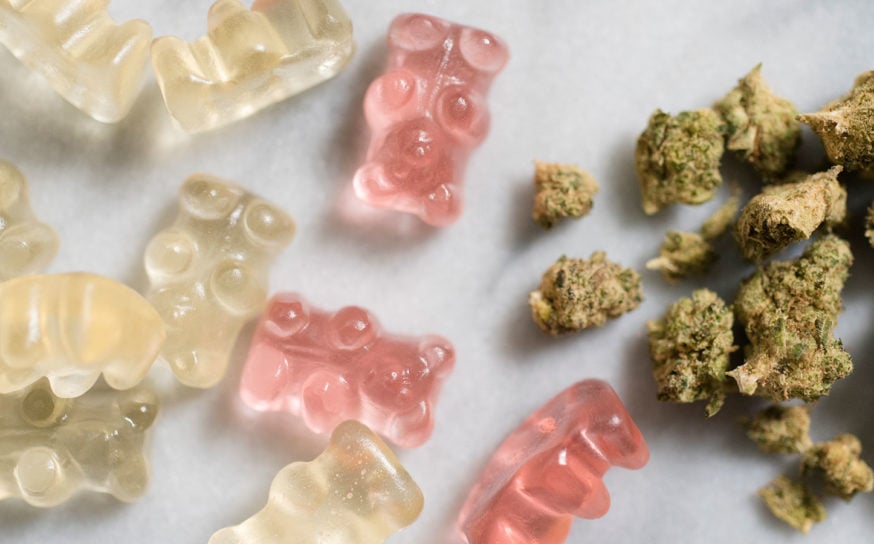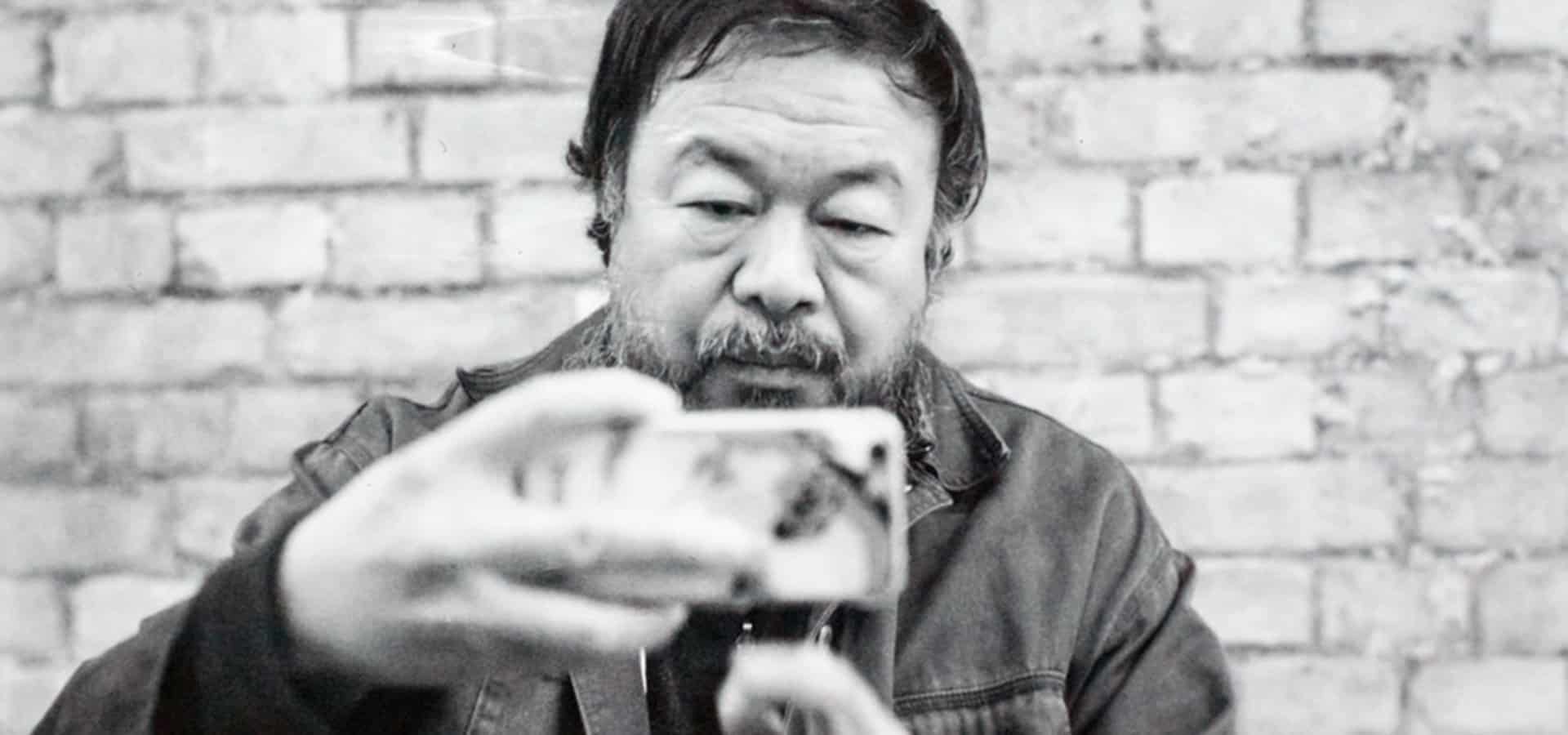
Los Angeles Welcomes Not One, But Three Shows on Chinese Artist Ai Weiwei This Fall
The first will be the city’s premier institutional exhibition on the artist.
-
CategoryArts + Culture, Experiences, Makers + Entrepreneurs, Unwind, Visual Art
This fall looks be the season of Chinese artist Ai Weiwei as three different exhibitions open in Los Angeles. The first of these, Ai WeiWei: Life Cycle, opens at the Marciano Art Foundation on September 28.
This exhibition is Ai’s first major institutional exhibition in Los Angeles and will feature the new and unseen work Life Cycle (2018)—a sculptural response to the global refugee crisis. The exhibition will also present iconic installations Sunflower Seeds (2010) and Spouts (2015) within the Foundation’s Theater Gallery.
On view for the first time in the Black Box, Life Cycle (2018) references the artist’s 2017 monumental sculpture Law of the Journey, Ai’s response to the global refugee crisis, which used inflatable, black PVC rubber to depict the makeshift boats used to reach Europe. In this new iteration, Life Cycle depicts an inflatable boat through the technique used in traditional Chinese kite-making, exchanging the PVC rubber for bamboo.
Suspended around the boat installation are figures crafted from bamboo and silk. In 2015, Ai began creating these figures based on mythic creatures from the Shanhaijing, or Classic of Mountains and Seas. The classic Chinese text compiles mythic geography and myth; versions of the Shanhaijing have existed since the 4th century B.C. These works are crafted in Weifang, a Chinese city in Shandong province with a tradition of kite-making dating back to the Ming dynasty (1368–1644).
Windows (2015), which hangs along the perimeter of the Black Box, draws from Chinese mythology, the tales and illustrations of the Shanhaijing, the history of 20th-century art, and the life and works of the artist. The vignettes feature a dense mix of biographical, mythological, and art historical references to craft a contemporary story. Similar to chapters in a book, or acts in a play, the various scenes include the mythological creatures of the Shanhaijing alongside bamboo versions of Ai’s earlier works, such as Template and Bang, and homages to Marcel Duchamp and Jasper Johns. A central theme running through the ten vignettes is freedom of speech and Ai’s efforts in defending it. Motifs recurring in Ai’s practice—the bicycle, the alpaca, symbols of state surveillance and control—are repeated and multiplied.
This multifaceted installation is a continuation of Ai’s ongoing engagement with politics and social justice. It follows the release of his feature-length documentary, Human Flow (2017), which depicts the refugee crisis on film. In the artist’s op-ed for the Guardian in February 2018, he writes, “I was a child refugee. I know how it feels to live in a camp, robbed of my humanity. Refugees must be seen as an essential part of our shared humanity.”
In the Theater Gallery, Sunflower Seeds (2010), is composed of 49 tons of individual porcelain sunflower seeds made by 1600 artisans from an ancient porcelain production center in Jingdezhen, in China’s Jiangxi province. This installation further expands upon reoccurring themes, such as authenticity, the individual’s role in society, geopolitics of cultural and economic exchange. The work also brings to mind the propaganda posters of the Cultural Revolution, depicting Mao Zedong as the sun and the citizens as sunflowers turning toward him.
Spouts (2015) piles together thousands of antique teapot spouts dating as far back to the Song dynasty (960–1279). Following Ai’s practice of repetition and multiplication, Spouts can be seen as a metaphor for a mass of mouths, and a widespread yearning for freedom of speech despite its continuing restriction throughout many societies. Spouts was previously exhibited in Galleria Continua in Beijing, the 21er Haus in Vienna, and the Sakip Sabanci Museum in Istanbul. This is the first time the complete work is on view.
Ai Weiwei: Life Cycle will be accompanied by an illustrated publication, the third in MAF’s Project Series featuring an essay written by mythologist, writer, and professor Martin Shaw.
For more on the exhibition, visit www.marcianoartfoundation.org.
For information on the other two exhibits coming into Los Angeles, visit http://www.lamag.com/culturefiles/ai-weiwei-exhibits-la/
The Bird and the Bee Cover Van Halen Classics in Full Tribute Album
The group’s Interpreting the Masters Volume 2 will arrive on August 2.
These 3 Recipes Will Make Seasonal Produce Shine at Your Summer Gathering
From dinner to dessert.
Friday Finds: Pride Month Edition
Celebrate Pride Month with hand-selected products from California-based, LGBTQ-owned businesses.




